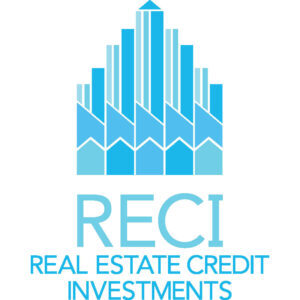In a market clouded by volatility and overvalued equities, a quietly compelling investment story is unfolding in real estate credit. This asset class, once overlooked, is now commanding attention for its ability to deliver attractive, risk-adjusted returns with downside protection. Here’s what investors need to know about the structural and cyclical forces driving this shift—and why timing has never been more critical.
As global interest rates recalibrate and traditional fixed income assets face diminishing yields, institutional investors are increasingly turning to real estate credit. This segment offers the potential for high, risk-adjusted returns, especially as banks continue retreating from real estate lending. Regulatory pressures have curbed the ability of banks to deploy capital into the sector, creating an attractive supply-demand imbalance. For non-bank lenders, this dislocation presents a unique entry point to step in and meet the funding gap left behind.
The current environment is particularly favourable for real estate credit investors. With central banks tightening and equity markets struggling to find footing, real estate debt offers a compelling combination of security and yield. Lenders can benefit from favourable terms, improved pricing power, and enhanced structural protections—factors that strengthen the risk-return profile even further. Loans are often secured by underlying real estate assets, providing an additional layer of downside protection in turbulent markets.
Moreover, real estate credit allows investors to access income-generating opportunities that are less correlated to public market volatility. With floating-rate structures common in this space, portfolios can better withstand inflationary pressures and interest rate movements. In essence, this is a hedge wrapped in opportunity—providing both stability and upside.
Institutional capital is flowing steadily into private credit strategies, and real estate debt is now firmly on the radar of sophisticated allocators. This shift is not a passing trend; it reflects a structural reallocation in favour of alternative assets that offer yield, security, and scalability. For investors seeking to future-proof their portfolios against market fragility, the window to participate in this evolving market dynamic is wide open.
Real Estate Credit Investments Limited (LON:RECI) is a closed-end investment company that specialises in European real estate credit markets. Their primary objective is to provide attractive and stable returns to their shareholders, mainly in the form of quarterly dividends, by exposing them to a diversified portfolio of real estate credit investments.



